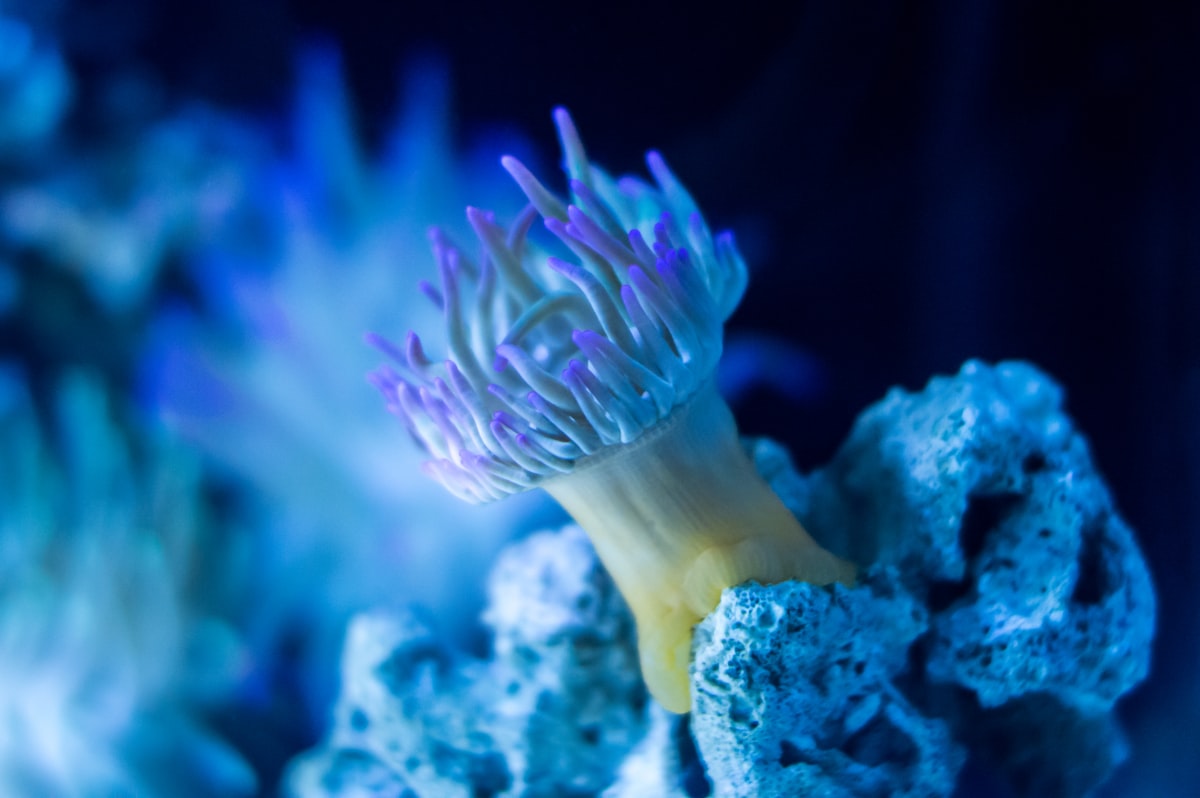Veracruz reef ecosystem in danger of disappearing
It is the most extensive in the Gulf of Mexico. From 1966 to date, coral cover has decreased by almost 40 percent. They are also affected by discharges from the Jamapa, Papaloapan, Actopan, and La Antigua rivers.

High concentrations of lead, barium, cadmium, copper, tin, and nickel, derived from human activities in the oil industry, agriculture, tourism, and overfishing, seriously contaminate the reef system of Veracruz, warned Guillermo Horta Puga, an academic from the Geochemistry Laboratory of the Faculty of Higher Education (FES) Iztacala of the UNAM. At the current rate of destruction, and if inaction continues, there is a high possibility that by 2050 this habitat will disappear, emphasized the expert.
It is the most extensive ecosystem we have in the Gulf of Mexico; it is formed by more than 50 reefs, geologically well developed. In Veracruz, it has been under the impact of human activities practically since pre-Hispanic times. The Totonacs who lived in the area made use of its resources and, although there are no written records, it is known that there were seals, manatees, and crocodiles in these spaces.
In explaining the problem, the expert said: "With the construction of the city and port of Veracruz, and the latest expansion that has been underway for the last five years, the impact is greater, especially added to the agricultural and industrial activities carried out on the continent, which discharge waste into the basins and through the rivers reach the coastal zone".
In addition to the direct contamination to the sea, they are affected by the discharges of the Jamapa, Papaloapan, Actopan, and La Antigua rivers, whose influence reaches the port. "This has caused a decrease in coral cover, that is, the organisms that build the reef. We have documented since 1966 to date a drop of about 40 percent of the coral cover." There are areas of the reefs that are highly impacted because the corals were replaced by macroalgae, associated with the increase in nutrient content, a phenomenon called phase change.
The Veracruz system has concentrations of heavy metals such as lead, from the gasoline that was used for years. There is also barium (used in the oil activity as drilling mud) and cadmium, associated with the change of soil use in the coastal plain of the state and the use of barite in the oil extraction platforms of the Gulf of Mexico; in addition, copper and tin due to the paints of the ships. In conclusion, Horta Puga emphasized that the studies they have carried out show that copper and tin are deposited in the macroalgae that replace corals in the reefs.




